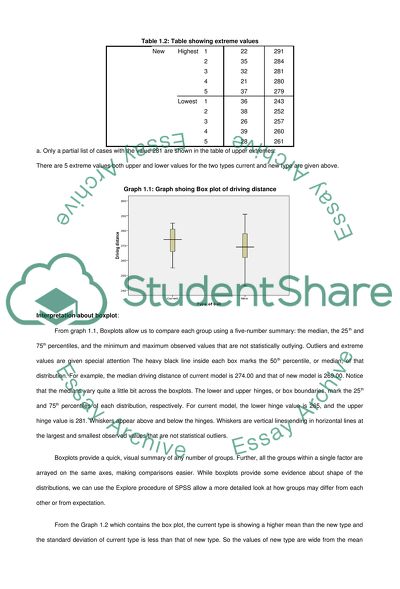Cite this document
(“Descriptive Statistics of the Business Model Project”, n.d.)
Descriptive Statistics of the Business Model Project. Retrieved from https://studentshare.org/statistics/1689724-descriptive-statistics-of-the-business-model
Descriptive Statistics of the Business Model Project. Retrieved from https://studentshare.org/statistics/1689724-descriptive-statistics-of-the-business-model
(Descriptive Statistics of the Business Model Project)
Descriptive Statistics of the Business Model Project. https://studentshare.org/statistics/1689724-descriptive-statistics-of-the-business-model.
Descriptive Statistics of the Business Model Project. https://studentshare.org/statistics/1689724-descriptive-statistics-of-the-business-model.
“Descriptive Statistics of the Business Model Project”, n.d. https://studentshare.org/statistics/1689724-descriptive-statistics-of-the-business-model.


